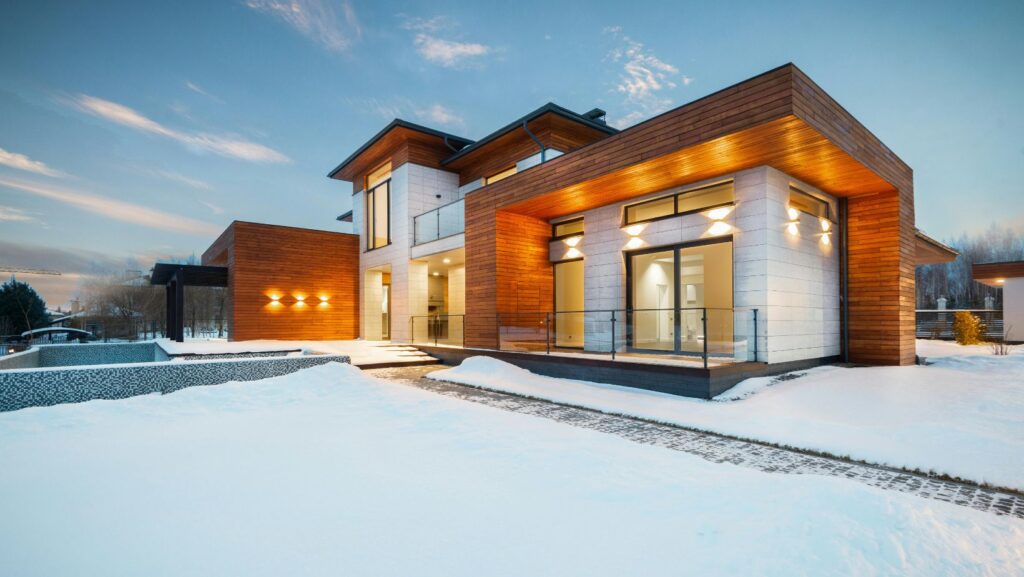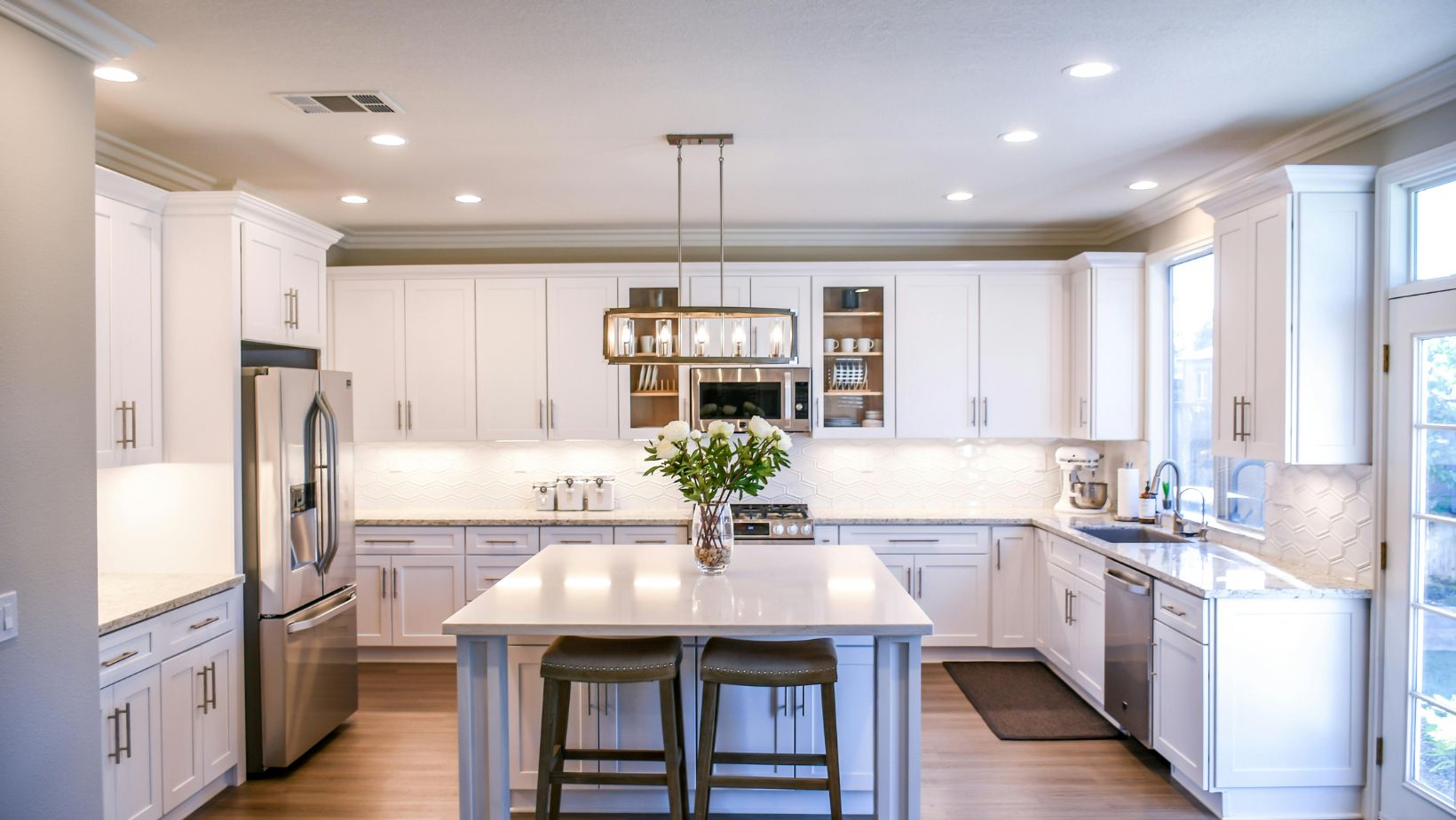As the housing market evolves, understanding modern architecture trends in Canada becomes essential for potential homebuyers. Modern architecture focuses on clean lines, open spaces, and innovative materials, making it popular among Canadians. With an increasing emphasis on sustainability and smart technology, these trends reflect a shift toward eco-friendly living and enhanced comfort. In this article, we will explore the key features of modern architecture, including its impact on design choices and what to consider when looking for your new home. Get ready to discover how these trends can influence your ideal living space.
Key Features of Modern Architecture Trends in Canada
Modern architecture in Canada features open floor plans that create spacious and inviting living environments. These designs prioritize a sense of flow, allowing rooms to connect seamlessly while providing flexibility for various activities. Large windows are another hallmark, inviting abundant natural light and connecting indoor spaces with the beauty of the outdoors. This design choice enhances the overall ambiance, making homes feel brighter and more welcoming.
A minimalist aesthetic further emphasizes functionality by reducing clutter and focusing on essential elements. Clean lines and simple forms characterize modern Canadian homes, offering a sleek and contemporary look. Sustainable materials often complement these designs, reflecting a growing awareness of environmental impact. Many homes incorporate energy-efficient features, such as advanced insulation and smart technology, contributing to lower energy costs and improved comfort. The emphasis on blending comfort with practicality makes modern architecture appealing to families and individuals alike. As these trends continue to shape the housing market, potential buyers should consider how these elements align with their lifestyle and preferences.
Sustainable Design Practices
Homebuilders in Canada focus on eco-friendly materials that minimize environmental impact while maximizing durability. This shift includes using recycled and renewable resources, such as bamboo flooring and reclaimed wood, which are both stylish and environmentally responsible.
Energy-efficient home designs are another significant aspect of sustainable architecture. These homes often feature advanced insulation, energy-efficient windows, and appliances that reduce energy consumption. Such measures lower utility bills and contribute to a smaller carbon footprint. Moreover, many new builds incorporate renewable energy sources, such as solar panels and geothermal heating systems, further enhancing their sustainability. Landscape design is also evolving, emphasizing native plants that require less water and maintenance.
Integrating Technology into Home Design
Technology is transforming home design in Canada, with smart home features gaining popularity among buyers. Home automation systems offer convenience and control over various household functions. For instance, homeowners can manage lighting, temperature, and security through their smartphones or voice commands. This level of connectivity not only enhances comfort but also simplifies daily tasks.
Integrating technology into home design also brings significant benefits for energy efficiency. Smart thermostats can adjust your schedule, automatically adjusting heating and cooling systems to reduce energy consumption. Energy-efficient lighting systems with sensors ensure that lights are only on when needed.
Security enhancements are another advantage of modern technology in homes. Smart security cameras and alarm systems provide real-time monitoring and alerts, offering homeowners peace of mind. Many systems can even be integrated with local emergency services for added safety.
Regional Variations in Architectural Styles
Canada showcases diverse architectural styles influenced by local climate and geography. Urban designs often emphasize sleek, modern aesthetics, featuring high-rise buildings and contemporary materials. Cities like Toronto and Vancouver exhibit impressive glass facades that reflect their vibrant surroundings, making the most of limited space.
In contrast, rural architecture tends to incorporate natural elements and traditional designs. Homes in areas like the Prairies often feature wide porches and wooden finishes, blending seamlessly with the landscape. As you move to a different province, you will notice how architecture adapts to regional characteristics, with distinct styles emerging in each area.
For example, Quebec is known for its charming, historic buildings that highlight its French heritage, while coastal regions in British Columbia emphasize sustainable designs that withstand harsh weather conditions.
These regional variations reflect the aesthetic preferences and practical considerations related to the environment. Buyers should pay attention to these unique architectural elements when searching for a new home, as they enhance the visual appeal and functionality of properties across the country.
The Role of Outdoor Spaces
Integrating nature with architecture enhances the overall living experience in modern homes. Outdoor spaces serve as extensions of indoor areas. Decks and gardens encourage residents to enjoy fresh air and connect with their surroundings.
These outdoor living areas are designed for versatility, accommodating family gatherings, barbecues, or quiet moments of solitude. Well-planned gardens add aesthetic appeal and promote biodiversity, attracting local wildlife. Many homeowners are incorporating native plants into their landscapes, which require less maintenance and water.
The benefits of outdoor spaces extend beyond beauty; they contribute to mental well-being and physical health. Access to green areas encourages physical activity, such as gardening or outdoor games, promoting a more active lifestyle. Furthermore, having a dedicated outdoor area can improve property value, making homes more attractive to potential buyers.
What Else Should You Consider When Purchasing Home?
Several factors should guide your decision-making process when buying a home. First, consider the layout and design that suit your lifestyle. Look for properties that align with modern architecture trends in Canada, such as open floor plans and energy-efficient features. Evaluate the quality of materials used in construction and how well they match your aesthetic preferences.
Working with knowledgeable real estate agents can significantly enhance your home-buying experience. These professionals understand local market dynamics and can provide valuable insights into different neighborhoods and architectural styles. They can also help you navigate the complexities of contracts and negotiations, ensuring you make informed decisions.
When viewing properties, pay attention to both the interior and exterior spaces. Assess the natural light, flow of the layout, and outdoor areas. Take note of potential maintenance issues or necessary repairs that could impact your long-term investment.
Conclusion
In summary, understanding modern architecture trends in Canada is essential for anyone looking to buy a new home. These trends emphasize sustainability, technology integration, and the importance of outdoor spaces, all contributing to a comfortable and modern living experience. Potential homeowners can make informed decisions by considering key factors such as design preferences, material quality, and the expertise of real estate agents. As you explore various properties, remember these trends to find a home that aligns with your lifestyle and values. Embracing these architectural elements will ensure your new home meets your needs for years.





More Stories
Why Professional Rodent Control is Essential for Homeowners
Watering Smarts: Rethinking How Your Garden Stays Green
Common Commercial Roofing Services For Your Businesses